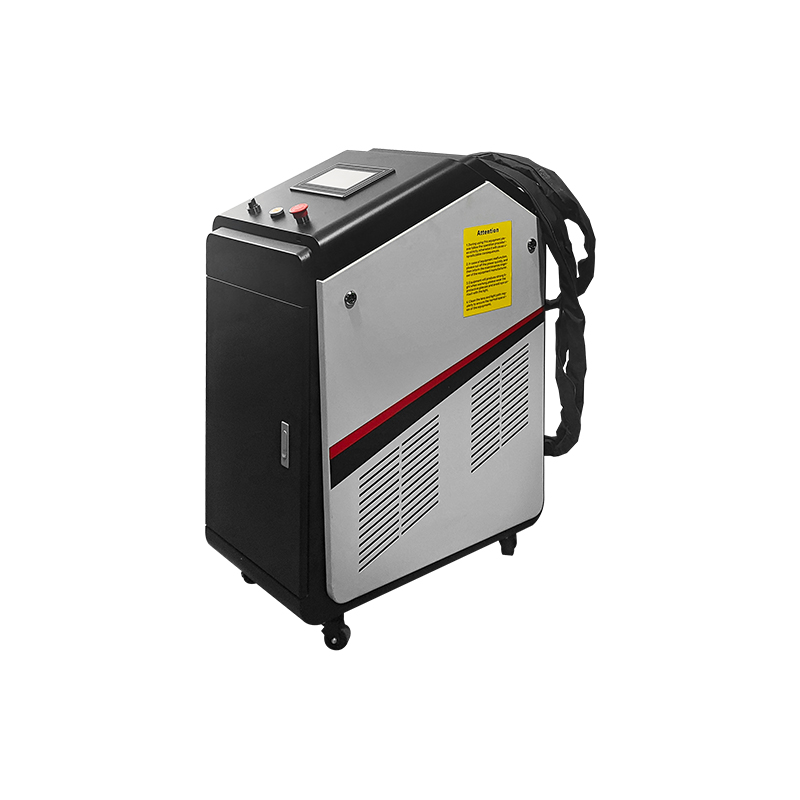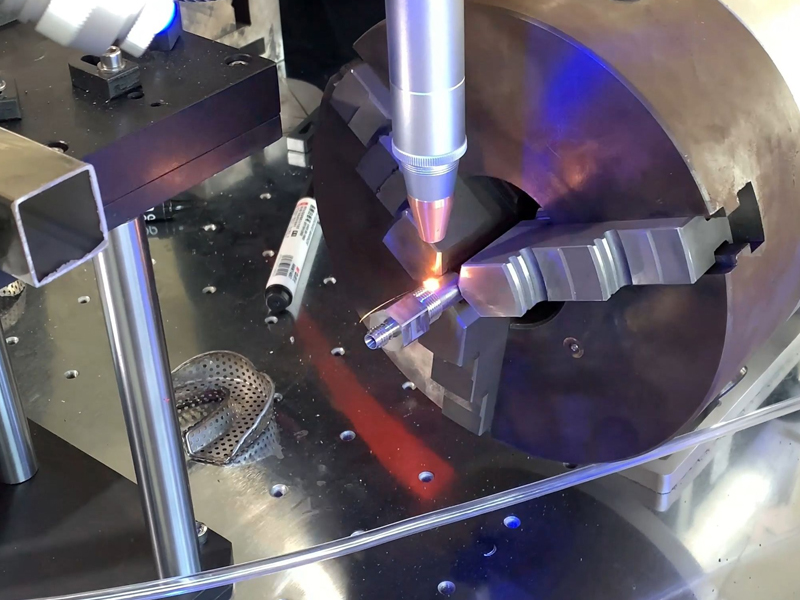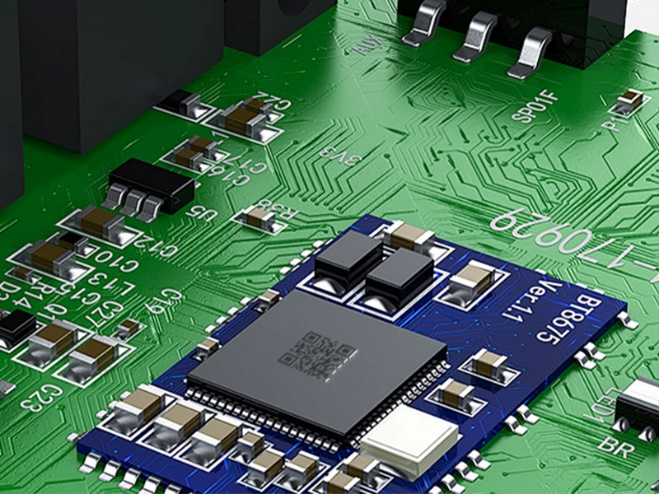Laser Technologies in Automotive Manufacturing: Precision and Efficiency Driving Innovation
With the rapid development of automotive lightweighting, personalization, and electrification, laser processing has been widely adopted by major automobile manufacturers and upstream component suppliers. The continuously enriched laser processes and automation integration have made the automotive industry one of the largest application areas for laser processing.
Today, laser technology has been extensively applied in fields such as ‘marking, welding, cutting, drilling, heat treatment, precision resistance trimming, and precision weight balancing.’ This article will mainly introduce the laser marking technology, laser welding technology, laser cutting technology, and laser cleaning technology that are commonly used in the automotive industry.
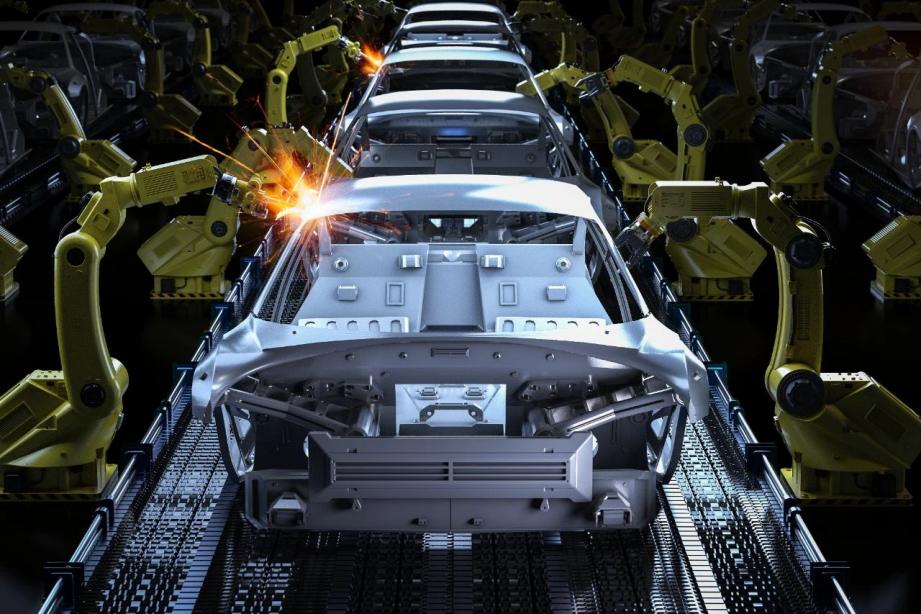
Part1. Laser Marking – Enabling Traceability of Vehicles and Components
Application Scenarios
In the complex supply chains of the automotive industry, traceability is paramount. Laser marking provides a durable and precise method for applying unique identifiers to components and vehicle bodies. These identifiers can include serial numbers, barcodes, QR codes, and data matrix codes, all crucial for tracking parts through production, distribution, and even after-sales service.
- Component Identification: Laser marking is used to permanently mark engine parts, chassis components, electronic modules, and other critical elements. This ensures that each part can be traced back to its origin, aiding in quality control and recall management.
- Vehicle Identification Numbers (VINs): Laser marking is employed to apply VINs to vehicle frames and other designated areas. This provides a tamper-proof method for vehicle identification, crucial for registration and law enforcement.
- Branding and Aesthetics: Beyond functional marking, lasers are used for branding purposes, creating high-quality logos and aesthetic designs on interior and exterior components. This adds value and enhances the visual appeal of vehicles.
- Tooling and Fixture Marking: Laser marking is utilized to mark tools and fixtures used in the manufacturing process, ensuring accurate identification and maintenance.

Advantages of Laser Marking Technology
Laser marking offers several distinct advantages over traditional marking methods:
- High Precision and Permanence: Laser marks are highly precise and resistant to wear, abrasion, and environmental factors. This ensures that the markings remain legible throughout the vehicle’s lifespan.
- Non-Contact Process: Laser marking is a non-contact process, eliminating the risk of damage to delicate components. This is particularly important for sensitive electronic parts and precision-engineered surfaces.
- Flexibility and Versatility: Lasers can mark a wide range of materials, including metals, plastics, ceramics, and composites. This versatility makes laser marking suitable for diverse automotive applications.
- High Speed and Efficiency: Laser marking is a fast and efficient process, enabling high-volume production. This reduces cycle times and increases overall productivity.
- Reduced Consumables: Unlike traditional marking methods that require inks or chemicals, laser marking is a clean process with minimal consumables, reducing waste and environmental impact.
- Enhanced Security: Laser marking provides a high level of security, as the markings are difficult to counterfeit or alter. This is crucial for preventing fraud and ensuring product authenticity.
Part2. Laser Welding – The “Seamless Adhesive” for Integrated Car Bodies
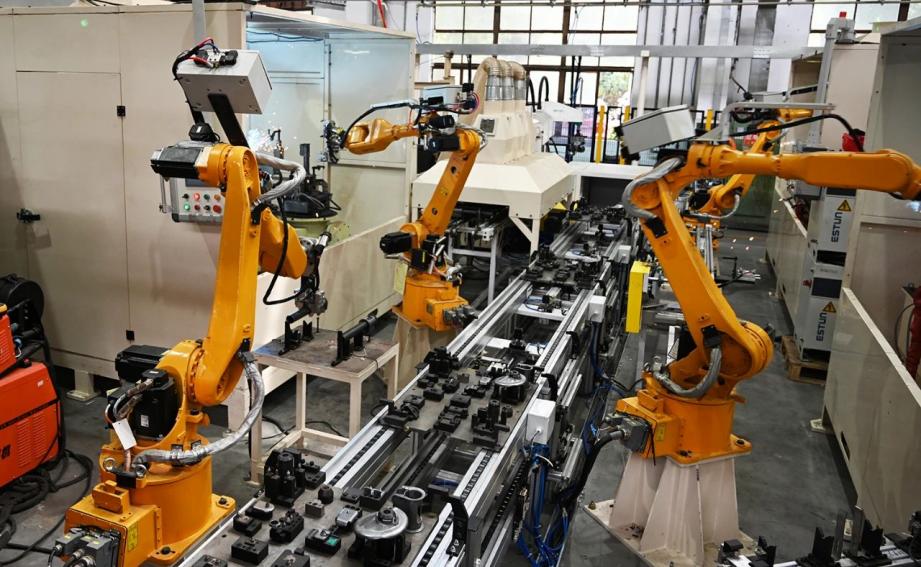
Application Scenarios
Laser welding has become an indispensable technique for joining automotive components, offering superior strength and precision compared to traditional welding methods.
- Body-in-White (BIW) Assembly: Laser welding is widely used in BIW assembly, joining steel and aluminum panels to create the vehicle’s structural frame. This results in stronger and lighter car bodies, improving safety and fuel efficiency.
- Powertrain Components: Laser welding is employed to join components in the powertrain, such as gears, shafts, and housings. This ensures high precision and durability in critical engine and transmission parts.
- Battery Pack Assembly: With the rise of electric vehicles, laser welding has become essential for joining battery cells and modules. This provides a reliable and efficient method for creating high-performance battery packs.
- Exhaust Systems: Laser welding is used to join components in exhaust systems, providing a leak-free and durable connection.
- Door and Closure Systems: Laser welding is utilized to join door panels, hinges, and other closure system components, ensuring precise fit and finish.
Key Advantages of Laser Welding
Laser welding offers several key advantages that make it ideal for automotive manufacturing:
- High Precision and Accuracy: Laser welding provides highly precise and accurate welds, minimizing heat input and distortion. This is crucial for joining thin materials and complex geometries.
- High Welding Speed: Laser welding is a high-speed process, enabling rapid joining of components. This increases production throughput and reduces manufacturing costs.
- Strong and Durable Welds: Laser welds are known for their strength and durability, providing a reliable connection that can withstand harsh operating conditions.
- Minimal Heat Affected Zone (HAZ): Laser welding creates a minimal HAZ, reducing the risk of thermal damage to surrounding materials. This preserves the material’s properties and ensures structural integrity.
- Flexibility and Versatility: Lasers can weld a wide range of materials, including dissimilar metals, making them suitable for diverse automotive applications.
- Improved Aesthetics: Laser welding produces clean and aesthetically pleasing welds, enhancing the overall appearance of the vehicle.
- Reduced Distortion: Laser welding reduces distortion in the welded part, reducing the need for post weld machining.

Part3. Laser Cutting – Precision Cutting of Automotive Components
Application Scenarios
Laser cutting is widely utilized for shaping and trimming various automotive parts, including:
Chassis and Body Panels: Laser cutting ensures precise shaping and detailing of metal sheets used in vehicle bodies.
Interior and Exterior Trim Parts: Used to cut plastic, leather, and textile components for vehicle interiors.
Customized and Prototype Parts: Enables rapid prototyping and small-batch production with high accuracy.
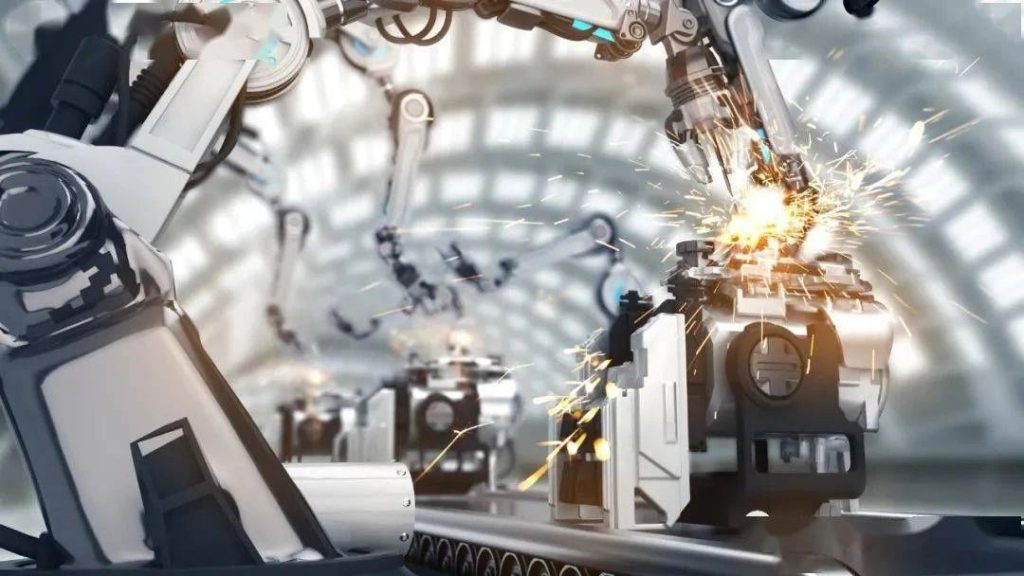
Key Advantages of Laser Cutting
High Cutting Accuracy: Delivers intricate designs with exceptional precision and minimal material wastage.
Versatility Across Materials: Can process metals, plastics, composites, and more.
Automation Compatibility: Easily integrates with robotic and automated manufacturing systems for enhanced efficiency.
Part4. Laser Cleaning – The “Eco-friendly Tool” for Green Manufacturing
Application Scenarios
Laser cleaning is gaining traction in the automotive industry as a sustainable alternative to traditional cleaning methods. Key applications include:
Rust and Paint Removal – Used for cleaning metal surfaces before welding or painting.
Degreasing and Surface Preparation – Effectively removes contaminants from engine and transmission components.
Mold and Tool Cleaning – Enhances the lifespan of manufacturing tools by removing dirt and residues without causing damage.

Key Advantages of Laser Cleaning
Non-abrasive and Damage-free – Removes contaminants without affecting the base material.
Chemical-free and Environmentally Friendly – Reduces the use of harmful solvents and chemicals, making it a sustainable solution.
Cost-effective and Low Maintenance – Requires minimal consumables and maintenance compared to traditional cleaning methods.
Conclusion
Laser technologies have become indispensable in modern automotive manufacturing, offering unmatched precision, efficiency, and sustainability. From marking for traceability to welding, cutting, and cleaning processes, lasers contribute to producing high-quality vehicles with reduced material waste and improved production speed. As the automotive industry continues to evolve, laser-based solutions will play an even more vital role in ensuring innovation and sustainability.
Zixu has accumulated years of expertise in laser processing technology, possessing vertically integrated capabilities from complete equipment to process solutions, making it an expert in the field of laser application processes. If you have any laser equipment needs, please feel free to contact us at any time.
Recommended Products

